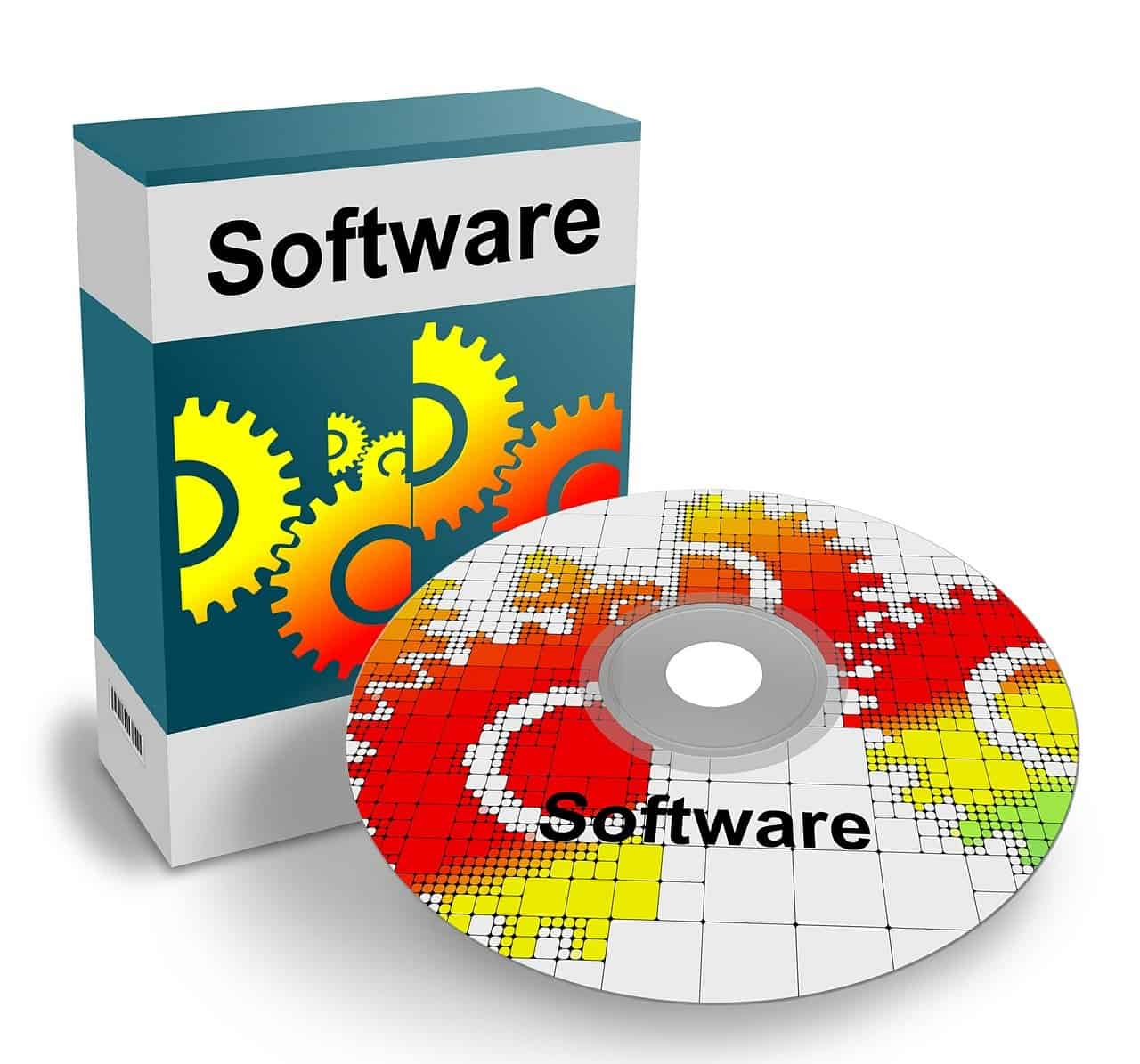Software requirements serve as the blueprint for building a software system. They outline what the system should achieve, the services it provides, and any operational constraints. Understanding software requirements is crucial for creating a product that fulfills the needs of users and stakeholders. There are different types of requirements to consider during development. Functional requirements specify the specific behaviors or functions of the system, while non-functional requirements establish the standards and criteria the system must fulfill.
Having clear requirements ensures that everyone involved, from developers to stakeholders, is aligned. Effective software requirements guide the development team and enhance communication among stakeholders. They act as a roadmap to prevent costly rework and ensure the final product aligns with the project’s objectives. Clear documentation is vital for successful project management and execution. By investing time and effort in gathering, documenting, and managing software requirements, development teams can significantly improve the chances of delivering a product that meets or exceeds user expectations.

Understanding Software Requirements
What are Software Requirements?
In the realm of software development, requirements are the backbone of any successful project. They define the features, functions, and constraints of the software that must be met to satisfy the needs of users and stakeholders. Think of requirements as a detailed blueprint guiding the development process, ensuring that the final product meets expectations and fulfills its purpose.
Types of Software Requirements
Software requirements can be categorized into two main types:
- Functional Requirements: These requirements describe what the software should do. They define the specific functions and features the software must perform, such as data processing, calculations, or user interactions.
- Non-Functional Requirements: These requirements focus on how the software should perform. They outline the qualities and attributes the software should possess, including performance, usability, security, reliability, and maintainability.
Why are Requirements Important?
Requirements play a pivotal role in software development for several reasons:
- Clear Communication: Requirements serve as a common language between stakeholders, developers, and users. They ensure everyone has a shared understanding of what the software is supposed to achieve.
- Project Planning: Requirements form the basis for project planning, scheduling, and resource allocation. They help in estimating the effort and time required to develop the software.
- Quality Assurance: Requirements provide a yardstick for testing and quality assurance. They define the criteria against which the software’s performance and functionality will be evaluated.
- Risk Mitigation: Identifying and documenting requirements early in the development process helps mitigate risks by addressing potential issues and challenges before they escalate.

How are Requirements Gathered?
Gathering requirements is a collaborative process involving stakeholders, including:
- Users: The end-users who will be directly interacting with the software.
- Customers: Those who are paying for the development of thesoftware.
- Subject Matter Experts: Individuals with expertise in the domain or field the software will serve.
- Developers: The team responsible for building the software.
Methods for gathering requirements include:
- Interviews: One-on-one conversations with stakeholders to elicit their needs and expectations.
- Workshops: Facilitated group sessions to brainstorm and gather requirements from multiple stakeholders simultaneously.
- Surveys: Questionnaires distributed to a larger group of stakeholders to collect feedback and insights.
- Prototyping: Creating early versions of the software to visualize and validate requirements.
Requirements Documentation
Requirements are typically documented in a formal document known as a Software Requirements Specification (SRS). The SRS serves as a comprehensive reference for the project team throughout the development lifecycle.
A typical SRS includes the following sections:
- Introduction: Overview of the project, its scope, and objectives.
- Functional Requirements: Detailed description of the software’s features and functions.
- Non-Functional Requirements: Specifications for performance, usability, security, and other quality attributes.
- Constraints: Limitations or restrictions that must be considered during development.
- Acceptance Criteria: Conditions the software must meet to be considered complete and acceptable.
Requirements Management
Requirements management involves the ongoing process of tracking, analyzing, and prioritizing requirements throughout the project lifecycle. It ensures that requirements remain relevant, consistent, and aligned with the project’s goals.
Challenges in Requirements Gathering and Management
Some common challenges in requirements gathering and management include:
- Incomplete or Ambiguous Requirements: Stakeholders may not fully understand their needs or express them clearly.
- Changing Requirements: Requirements may evolve as the project progresses, making it essential to have a flexible approach.
- Conflicting Requirements: Different stakeholders may have competing priorities or expectations.
- Scope Creep: Uncontrolled expansion of the project scope due to the addition of new requirements.
Key Takeaways
- Software requirements define what the system should do and the constraints.
- Different types include functional and non-functional requirements.
- Clear requirements improve communication and guide the development team.
Understanding Software Requirements
Software requirements set the foundation for every project, defining what the system needs to do, how it will perform, and any constraints or limitations. Clear and well-defined requirements ensure that the development team builds a product that meets user expectations.
Defining Software Requirements
Software requirements clarify what the system must do and outline its expected behavior. They include functional requirements, which describe specific actions the system must perform, and non-functional requirements, which detail attributes such as performance and security.
Some examples of functional requirements:
- User authentication
- Order processing
Examples of non-functional requirements:
- Performance: System response time should not exceed two seconds.
- Security: User data must be encrypted.
Clear definitions help the development team understand the project scope and expectations.
Components of Software Requirements Specification (SRS)
The SRS document is crucial for detailing all system requirements. It comprises several components:
- Functional Requirements: Specific behaviors or functions.
- Non-Functional Requirements: Performance, security, and usability aspects.
- Interface Requirements: How the system interacts with other systems.
- Constraints and Assumptions: Limitations and premises guiding the project.
An effective SRS document ensures that all stakeholders have a clear understanding of what the system will deliver, aiding developers and project managers in planning and execution.
Roles and Responsibilities
Various stakeholders are involved in defining and managing software requirements:
- Developers: Implement the requirements in the system.
- Analysts: Gather and detail the requirements.
- Project Managers: Ensure requirements meet business goals.
- Clients/Stakeholders: Provide the needs and expectations.
Effective communication among these roles is essential. Clear requirements reduce misunderstandings and errors during development.
Establishing Clear Objectives
Setting clear objectives for software requirements helps align the project with business goals. These objectives might include:
- Meeting specific user needs
- Enhancing system efficiency and reliability
- Ensuring compliance with regulatory standards
Objectives should be specific, measurable, achievable, relevant, and time-bound (SMART). This helps the development team focus on what is crucial and deliver a successful product.
Requirements Elicitation and Analysis
Eliciting and analyzing requirements involves several techniques to ensure complete understanding:
- Interviews with stakeholders to gather detailed information.
- Use Cases to describe how users will interact with the system.
- User Stories to capture user needs in simple terms.
These methods help identify the problem areas and define the needed functionality. Detailed analysis reveals dependencies, constraints, and ensures all requirements align with stakeholder needs and expectations.
Accurate and complete requirements are vital for project success, and effective communication among stakeholders helps achieve this.
Frequently Asked Questions
Software requirements are vital for guiding the development process and ensuring the final product meets user expectations.
What is the purpose of a Software Requirements Specification (SRS)?
An SRS lays out the detailed description of a software system. It defines the expected behavior and functionalities in a clear, structured way. This document helps developers, testers, and stakeholders maintain consistency and avoid misunderstandings during development.
How do functional and non-functional requirements differ?
Functional requirements define what the system should do. They specify specific actions, tasks, and functions. Non-functional requirements describe how the system should operate. These include performance metrics like speed, usability, and security.
What are the main components of a software requirements document?
A requirements document typically includes an introduction, detailed descriptions of functional and non-functional requirements, use cases, and assumptions. It may also have diagrams and models that illustrate how the system will work or interact with users.
In what ways can software requirements impact the quality of the final product?
Clear and precise requirements ensure that the software meets user needs and performs reliably. Misunderstandings or omissions can lead to defects, rework, or failure to meet user expectations. Properly defined requirements help in maintaining the intended quality of the product.
What methodologies are commonly used for gathering software requirements?
Common methodologies for gathering software requirements include interviews, surveys, observation, and workshops. Techniques also involve user stories, use cases, and prototypes. These methods help in capturing detailed and accurate requirements from various stakeholders.
How do user requirements influence software engineering processes?
User requirements shape the direction of software development. They inform design decisions, testing strategies, and delivery timelines. By aligning development efforts with user needs, teams can create more effective, user-friendly systems.




